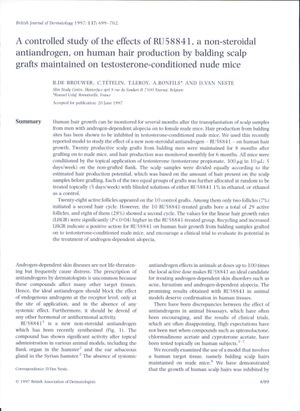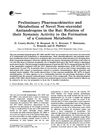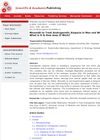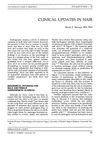A Controlled Study of the Effects of RU58841, a Non-Steroidal Antiandrogen, on Human Hair Production by Balding Scalp Grafts Maintained on Testosterone-Conditioned Nude Mice
November 1997
in “
British Journal of Dermatology
”

TLDR RU58841 significantly increases hair growth rate and initiates more hair cycles, but doesn't affect hair thickness, suggesting it could be a new treatment for baldness.
In 1997, a study involving 20 scalp grafts from balding men was conducted to investigate the effects of RU58841, a non-steroidal antiandrogen, on human hair growth. These grafts were maintained on testosterone-conditioned nude mice for 8 months and treated with either RU58841 or a control solution. The study found that grafts treated with RU58841 had a significantly higher linear hair growth rate and a higher percentage of follicles initiating a second hair cycle compared to the control grafts. However, RU58841 did not affect hair diameter. These results suggested that RU58841 could potentially be a new treatment for androgen-dependent alopecia.






